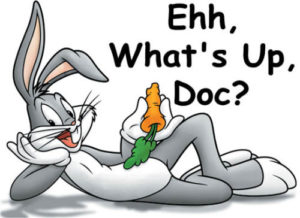After Christiaan Barnard, a South African surgeon, performed the world’s first successful human-to-human heart transplant in December 1967 I was assigned by my newspaper to do a Q. and A. with Charlotte’s foremost cardiologist, Dr. Francis Robicsek.
When would he and his colleagues begin doing heart transplants?
For a while it didn’t look like I would get to pose a single question because Dr. Robicsek imposed an unacceptable condition: He would not agree to an interview unless he was allowed to review the Q. and A. before publication, and make changes.
I said no to that demand, and he said no to the interview.

But the newspaper I worked for then, The Charlotte News, said yes. We wouldn’t be giving up editorial control over a story, the editor said. He said Dr. Robicsek would just be editing his own words, his tape recorded answers.
I didn’t like that, but I wasn’t in charge.
When I went back to Dr. Robicsek to tell him the newspaper had caved [Oh, I know. I didn’t use that exact word. But that’s what The News did.] he imposed a second condition: he wanted control over the headline, too. No paper worth a flip would agree to such a thing but Dr. Robicsek was adamant.
I ask him why. This is what he told me:
“A friend of mine, a doctor, experimented for years on rabbits and made some great discovery — I forget what it was,” Robicsek said in a heavy foreign accent. He had fled from Hungry in 1956, after Hungry’s unsuccessful revolt against the Soviet Union. “The local newspaper interviewed him and took his picture in a room full of rabbits. Rabbits all around. He was smart, he make them show him the story before they printed it. But he forgot about the headline.”
 “Do you know what the headline said?” Dr. Robicsek asked. “The headline said, ‘What’s Up, Doc?'”
“Do you know what the headline said?” Dr. Robicsek asked. “The headline said, ‘What’s Up, Doc?'”
Postscript: The News agreed to the headline condition, too. For what it’s worth, Dr. Robicsek made no changes in the Q. and A. or the headline.
Coming Friday: A Diet That Works